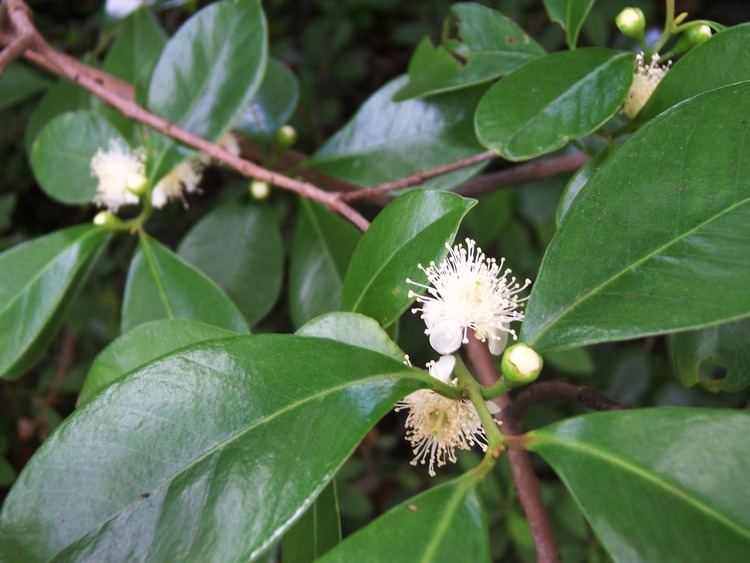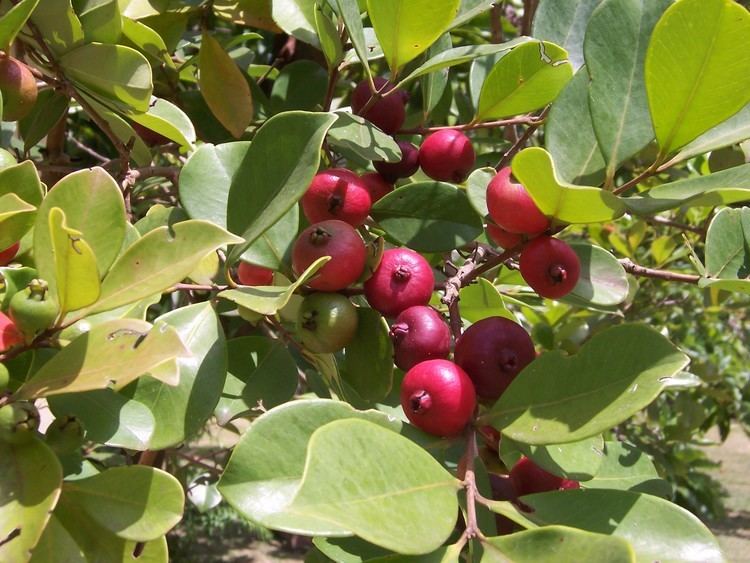Higher classification Psidium | Subfamily Myrtoideae Scientific name Psidium cattleianum Rank Species | |
 | ||
Similar Surinam Cherry, Water, Feijoa, Common guava, Atemoya | ||
Psidium cattleyanum, commonly known as Cattley guava, strawberry guava or cherry guava, is a small tree (2–6 m tall), bearing small red or yellow edible fruit. The species is named in honour of English horticulturist William Cattley. The red-fruited variety, P. cattleyanum var. cattleyanum, is commonly known as purple guava, red cattley guava, red strawberry guava and red cherry guava. The yellow-fruited variety, P. cattleyanum var. littorale is variously known as yellow cattley guava, yellow strawberry guava, yellow cherry guava, lemon guava and in Hawaii as waiawī.
Contents
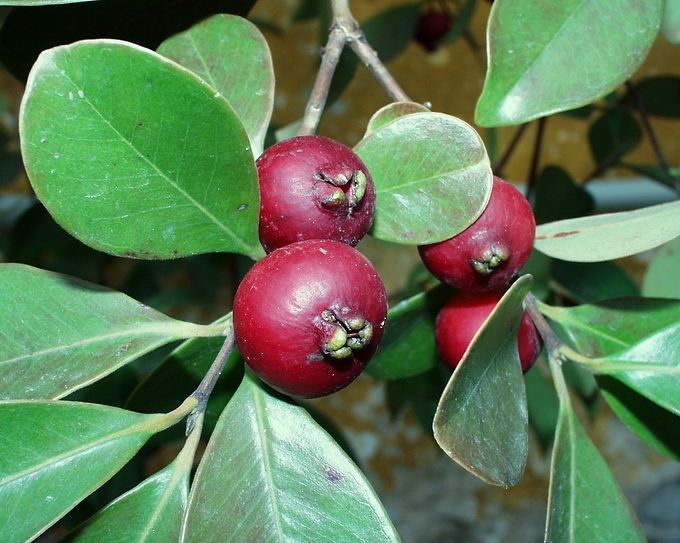
Invasive species
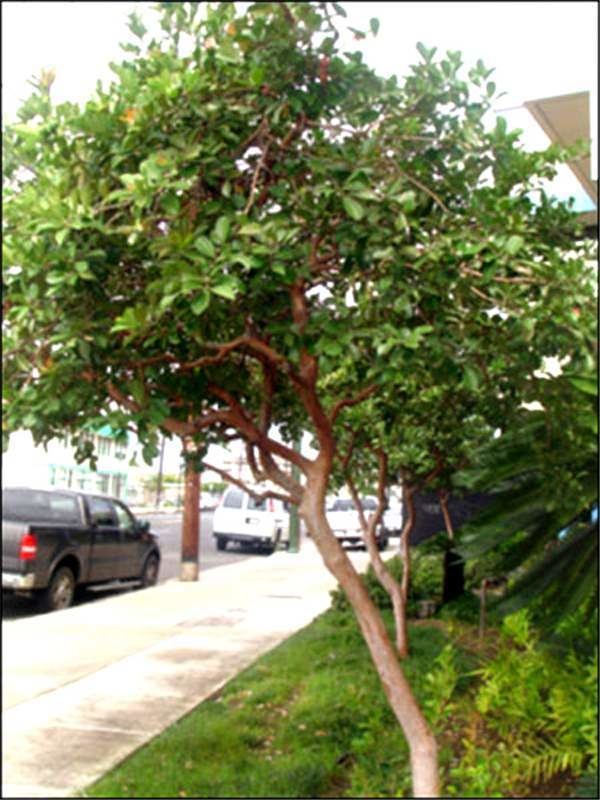
Native to Brazil where it is known as araçá (ara-SAH) and adjacent tropical South America, it is closely related to common guava (P. guajava), and like that species is a widespread, highly invasive species in tropical areas, especially Hawaiʻi. It tends to form dense, monotypic stands which prevent regrowth of native species, and is very difficult to eradicate; it also provides refuge for fruit flies which cause extensive agricultural damage. As an invasive species, it is sometimes erroneously called Chinese guava.

Cattley guava is sporadically naturalised in coastal areas of Queensland and northern New South Wales. It is also naturalised on Lord Howe Island, Norfolk Island and Christmas Island (Navie 2004; Queensland Herbarium 2008). The yellow variety bears even more heavily than the red and generally has larger fruit.
Uses
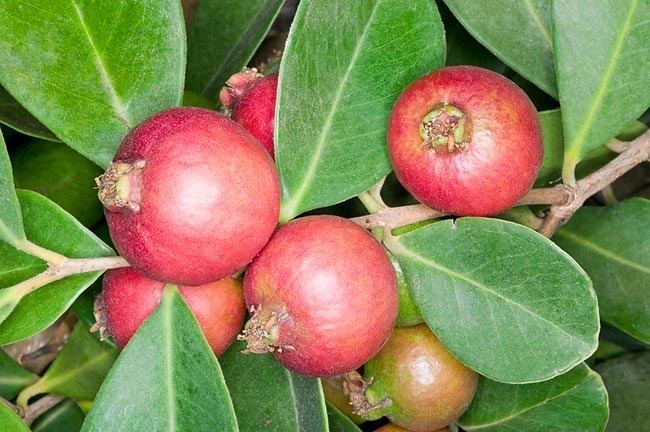
The whole fruit can be eaten as both the thin skin and juicy interior are soft and tasty. It can also be used to make jam. The skin is often removed for a sweeter flavour. The seeds are small and white in colour and can be roasted as a substitute for coffee. Its leaves may be brewed for tea.
